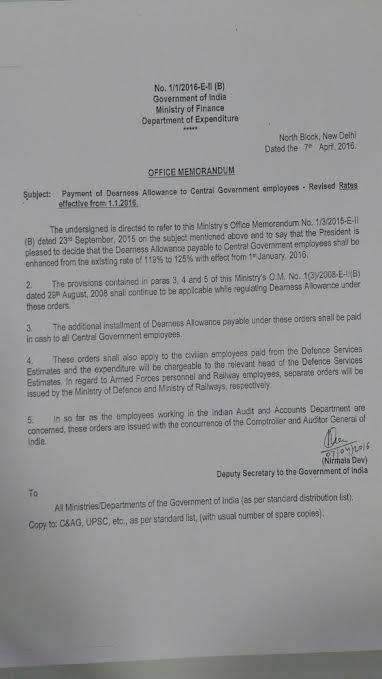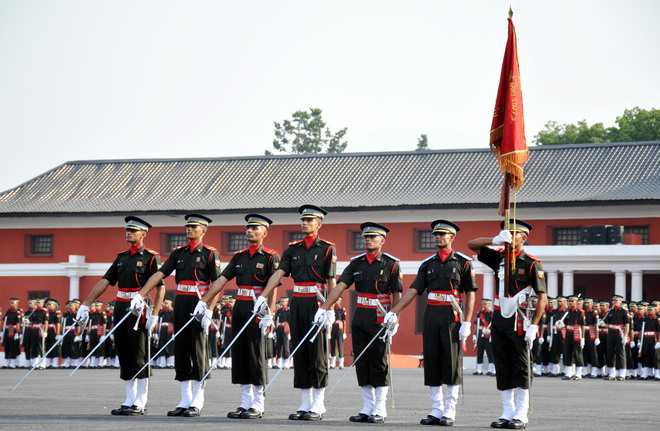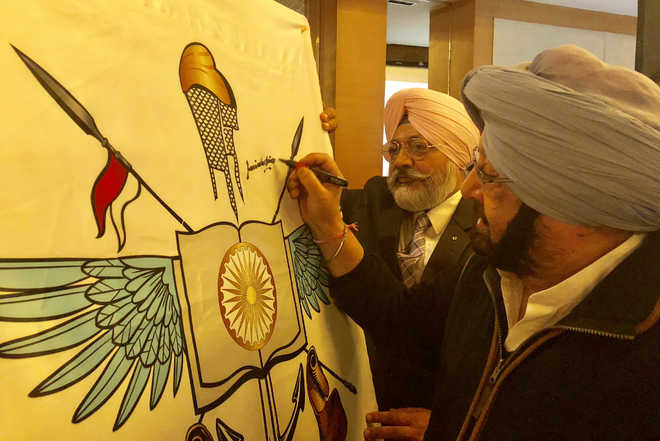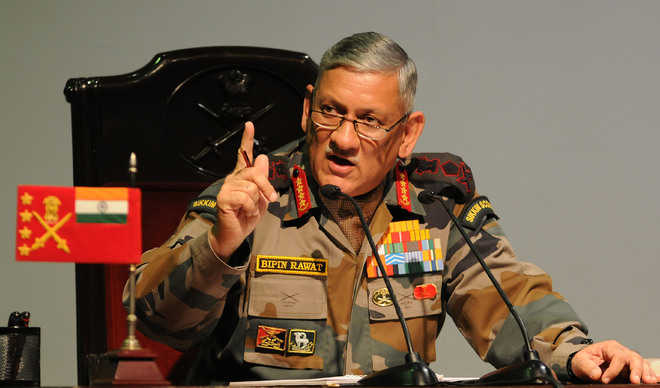
“China is a powerful country but we are not a weak nation… Both sides have increased patrol intensity so the contacts (troops coming face to face) are increasing… Whenever an intrusion takes place, we will defend” — General Bipin Rawat, Army Chief
Tribune News Service
New Delhi, January 12
Army Chief General Bipin Rawat today accepted that China was exerting pressure along the Line of Actual Control (LAC) but said India would defend every such intrusion.There is no settled border between the neighbours and the 3,488-km LAC is the de facto boundary. Addressing a press conference ahead of Army Day, he said: “China is a powerful country but we are not a weak nation.”When asked if the media reports indicating increased activity by the Chinese along the LAC were correct, he said: “Both sides have increased patrol intensity so the contacts (troops coming face to face) are increasing. The varying perception of the LAC is causing overlapping claims but we have mechanism to counter the same.”(Follow The Tribune on Facebook; and Twitter @thetribunechd)“Whenever an intrusion takes place, we will defend,” he said, citing the recent incident at Tuting in Arunachal Pradesh where India confiscated Chinese road-building equipment. “There are other areas where we are vulnerable due to lack of infrastructure. We have allocated troops which will take care.” He said a hotline was coming up at the DGMO level between India and China that could sort out the increased number of intrusions.“At the military level, our focus has to shift to the northern borders. For too long we have focused on western border,” Gen Rawat said. “To say that it will be an attrition battle and to think that China will come rolling down the hills, it may not happen,” he added.‘China sits on north Doklam’General Rawat said up to June 2016 it was an innocuous activity, but in June 2017 it became serious, so they intervened. The de-escalation has happened.“They may come back here after winter or somewhere else. Should they come again, we will see what to do. In the west of Torsa nullah called northern Doklam, the People’s Liberation Army of China has occupied the area. At the actual spot the two sides have disengaged. The tanks and guns that had moved in are gone. The tents remain. The observation posts remain. This is a territory disputed between Bhutan and China,” he said.‘Will call Pak’s nuke bluff’Gen Rawat said: “If Pakistan raises a nuclear bogey, we will have to call their bluff. We cannot say that we will not cross the border because they have nuclear weapons. We will have to call their bluff.”On the US admonition to Pakistan, he said it would be premature to say that everything is going to be in our favour and the US will do our job what we are expected to do vis-a-vis Pakistan. We have to do our own job. On being asked about the preparation of a simultaneous two-front war with Pakistan and China, he said: “We are ready for this contingency. We have plans to deal with this.”Capping fee for disabled’s kidsOn the issue of capping tuition fees for children of disabled soldiers and those killed in the line of duty, General Rawat said the Army would set up premier educational institutions to educate them. He said that as some people were misusing the facility, the government decided to impose a cap of Rs10,000 a year for a student. However, as some genuine students were being affected by this, Army proposed a new framework to continue the policy.





















































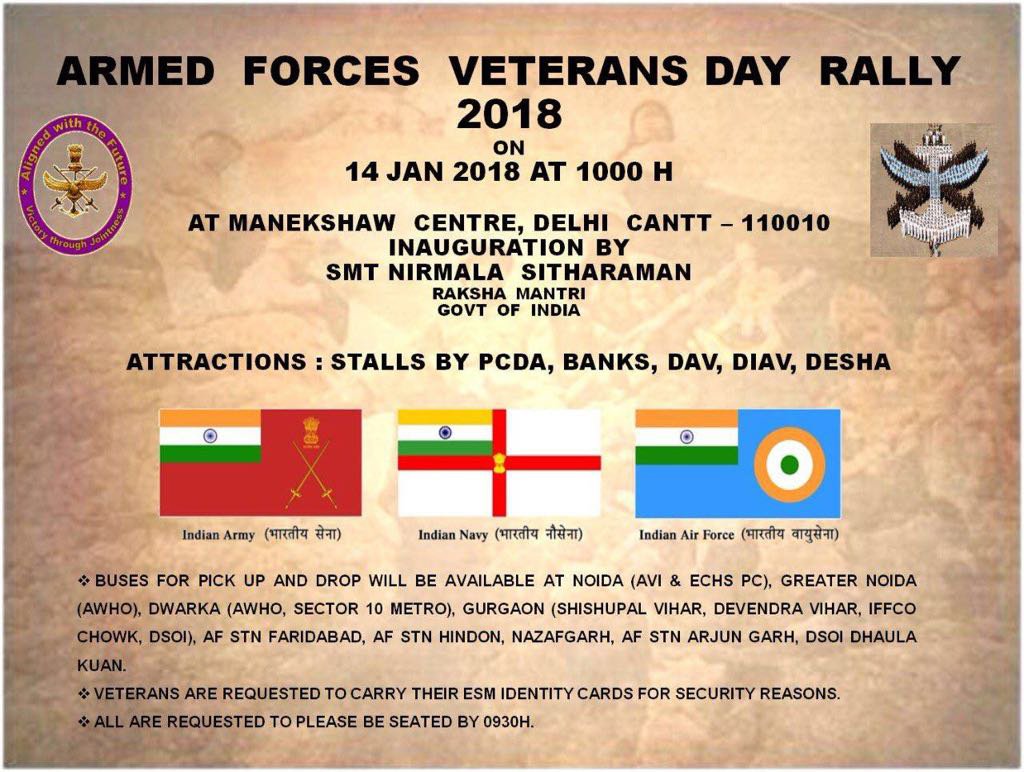
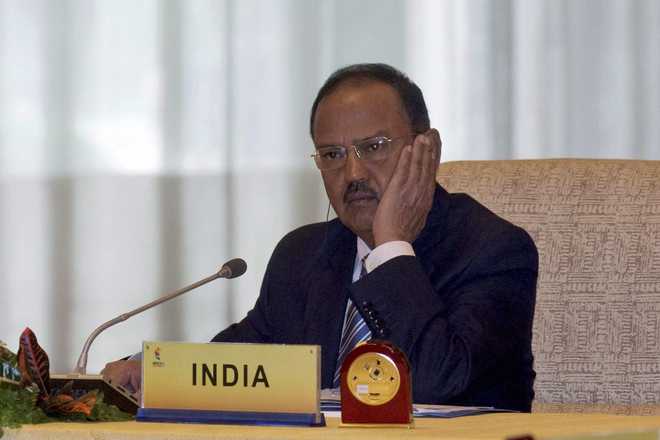
 PTI
PTI


